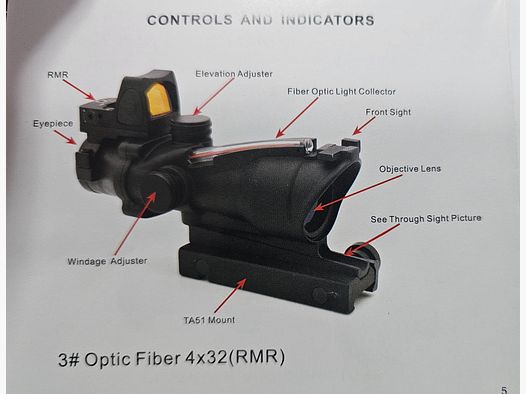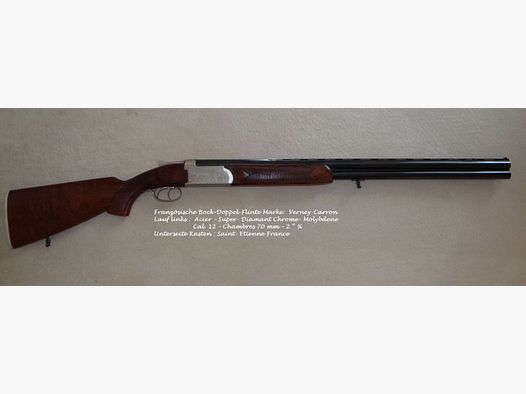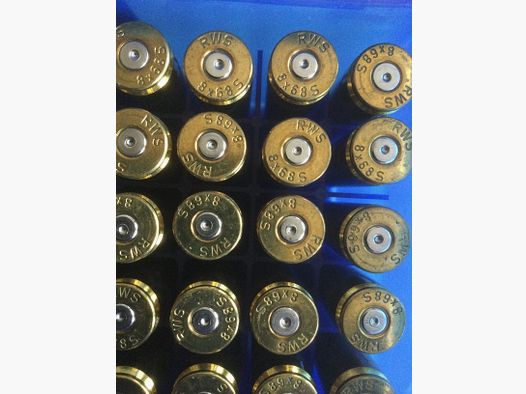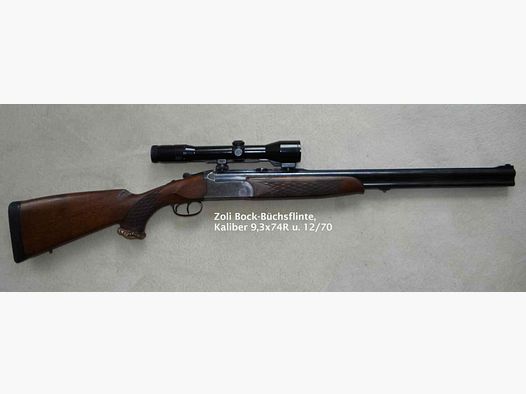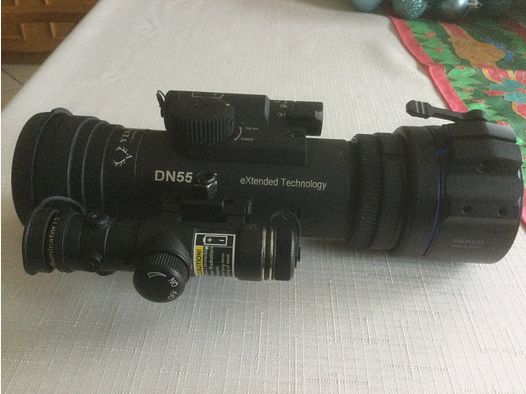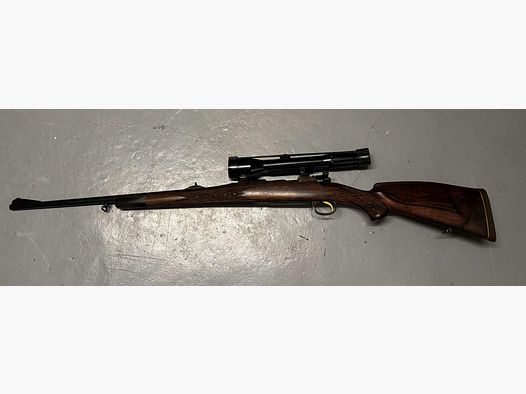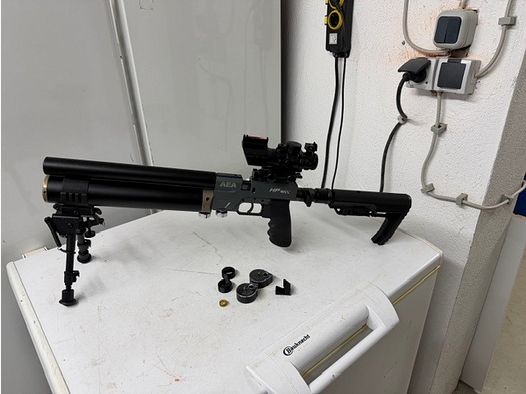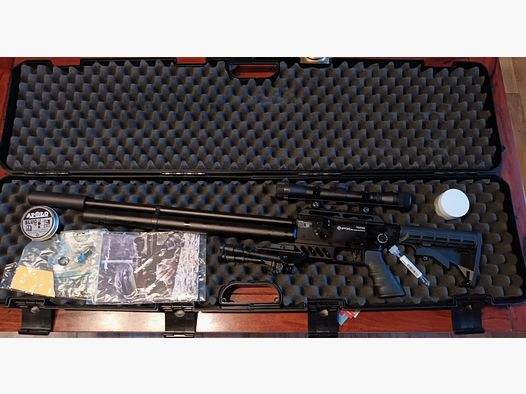Why are recoil-resistant mounts important?
Without a stable mount, your optics lose zeroing under heavy recoil – precision suffers. A high-quality mount ensures that your weapon hits accurately shot after shot.
What makes recoil-resistant mounts special?
- Material: Aluminum (6061-T6, 7075-T6) or steel for maximum stability.
- Construction: Multi-point locking, recoil lugs, one-piece designs for robustness.
- Types: Quick-release mounts for flexibility, fixed block mounts for precision under heavy recoil.
How do you choose the right mount?
- Rail type: Picatinny, Weaver, or Dovetail.
- Ring size: Matching the scope diameter (e.g., 30 mm).
- Purpose: Quick-release systems for flexibility, fixed mounts for stability.
- Material: Aluminum for lightness, steel for extreme recoil.
Installation and maintenance:
- Use a torque wrench and align the optics precisely.
- Clean regularly and check screws for tightness.
| Feature | Quick-release mounts | Fixed block mounts |
|---|---|---|
| Mounting/Dismounting | Quick, tool-free | With tools |
| Stability | Good | Very high |
| Zeroing accuracy | Average | Highest precision |
| Ideal for | Tactics, changing setups | Precision, heavy recoil |
Conclusion:
Invest in a suitable recoil-resistant mount to ensure the precision and longevity of your optics. Whether for hunting, sport, or tactical applications – the right mount is crucial.
Mounting a Scope Correctly | Instructions HUNTING TOTAL

What are recoil-resistant mounts?
Recoil-resistant mounts are special attachment systems designed to absorb the forces of recoil and keep the optical alignment stable. Unlike conventional mounts, these systems are built to withstand the dynamic loads during shooting. They act as a buffer between the weapon and the optics, ensuring that the zeroing of the optics remains intact even after repeated shooting. But what makes such a mount particularly resilient? Let’s take a look at the key features.
Key Features of Recoil-Resistant Mounts
The quality of a recoil-resistant mount largely depends on the choice of material and construction. Aluminum alloys like 6061-T6 and 7075-T6 are often the first choice, as they offer an ideal combination of strength and low weight. Particularly, 7075-T6 impresses with about 80% higher yield strength compared to 6061. For extreme loads, steel is often used due to its outstanding stiffness and durability.
Another important construction feature is the multi-point locking system. It ensures that the mount sits firmly on the rail at multiple points, distributing the load evenly. Many high-quality models also have internal recoil lugs or pins that engage in specially designed slots. These prevent movement of the optics in the longitudinal direction. Bedding inserts made from materials like Delrin or polymer further improve fit and protect the scope tube from damage. Additionally, one-piece scope rings are considered more robust as they have fewer connection points that could loosen.
An example from practice illustrates how important robust mounts are: In the Sniper's Hide Forum, a user reported in June 2023 that all four screws of a Remington 700 Burris Eliminator scope mount failed due to recoil. This incident impressively underscores why solid mounting solutions are indispensable.
These thoughtful construction features ensure that the mounts remain stable even under extreme conditions.
How Recoil Affects Optics and Mounts
Recoil generates a variety of forces that act on the optics and the mount. In addition to the obvious backward movement, vibrations and torsional forces occur that tug at the mount. In a rifle like the AR-15, strong recoil can cause poorly designed mounts to slip. To prevent this, secure clamping mechanisms grip tightly to the rail and optics, minimizing movement from vibrations. Precise manufacturing that ensures a perfect fit between mount, rail, and optics is also crucial for stability.
An experienced user from the Sniper's Hide Forum put it succinctly:
"I won't buy another base without one of these, no matter what cartridge. Just a nice feeling of security without negative effects." – Gohring65
Without solid recoil resistance, mounts risk loosening. This not only leads to loss of accuracy but can also cause damage to the optics.
Types of Recoil-Resistant Mounts
Recoil-resistant mounts can generally be divided into two categories: Quick-release mounts and fixed block mounts. Which variant suits you better depends on whether you need more flexibility or maximum stability. Here’s a closer look at both systems.
Quick-Release Mounts
Quick-release mounts are designed to mount or dismount optics quickly and without tools – often using a lever mechanism. This makes them ideal if you want to switch between a red dot sight and a variable optic, for example. Tests have shown an average zeroing offset of 0.07 MOA. Particularly precise models like the Bobro Engineering QD mounts achieved 0.016 MOA, while Burris mounts reached up to 0.22 MOA.
However, there is a small catch: Studies show that conventional screw clamps, which are secured with a torque wrench, often return to zero more reliably than quick-release systems with levers. Additionally, quick-release mounts can be more susceptible to damage.
Fixed Block Mounts
Fixed block mounts, also known as one-piece mounts, connect the base and ring into a stable unit. This construction offers particularly high stability and is easier to install than systems with separate components – a clear advantage under heavy recoil or when shooting at long distances.
Thanks to their robust construction, one-piece mounts impress with high stiffness. In contrast, systems with separate rings often require more mounting effort and are less stable. If precision is the top priority, fixed block mounts are therefore the best choice.
| Feature | Quick-release mounts | Fixed block mounts |
|---|---|---|
| Mounting/Dismounting | Tool-free, quick | With tools |
| Stability | Good, but slightly less stable | Very high |
| Flexibility | High – quick optic change | Low |
| Zeroing accuracy | Average approx. 0.07 MOA | Highest precision |
| Ideal use | Tactical applications, changing setups | Long-range, heavy recoil |
| Complexity | More moving parts | Simpler construction |
The choice between these two systems ultimately depends on how you want to use your optics. For tactical applications and frequently changing setups, quick-release mounts are ideal. However, if you need a permanently installed optic with maximum stability and precision, fixed block mounts are the right choice.
How to Choose the Right Mount for Your Weapon
Now that you know the basics of recoil-resistant mounts, let’s look at how to select the optimal mount for your weapon. The right choice is crucial to ensure the precision of your optics. Technical compatibility and the intended use play a central role.
Compatibility Requirements
Determine rail type: Check if your weapon is equipped with a Picatinny, Weaver, or Dovetail rail. If your weapon has a different standard, adapters can help connect different systems.
Adjust ring size: Choose the appropriate ring size (25.4 mm, 30 mm, or 34 mm) for the diameter of your optics. An incorrect size can lead to unstable mounting or damage.
Consider objective clearance: The mounting height must be chosen so that the objective of your optics does not touch the barrel or rail. Measure the distance between the rail and the lowest point of the objective to determine the correct height.
Consider eye relief: Rail mounts allow you to optimally adjust the optics to your viewing angle. Especially with AR-15 systems, cantilever mounts provide the ideal eye relief as they extend the optics forward.
Material choice: For lighter calibers, aluminum is usually sufficient, while steel is preferred for heavier applications. However, high-quality aluminum meets the requirements of most hunting and sporting applications.
These factors form the basis for selecting your mount.
Purpose, Weight, and Height
In addition to technical compatibility, your intended use, weight, and height of the mount play an important role.
Purpose: For tactical applications, quick-release mounts are ideal as they offer maximum flexibility. Precision rifles, on the other hand, benefit from fixed mounts that ensure stability.
Weight: Especially in mobile operations, every gram counts. Here’s a comparison of some mounts under 30 mm:
- Scalarworks LEAP/08: 154 g
- LaRue LT104: 201 g
- ADM AD-Recon: 228 g
- Spuhr QDP-3016: 270 g
Height: Low mounts are better suited for precision rifles as they allow for a natural cheek weld and a low center of gravity. Higher mounts are helpful when shooting standing or when you want to mount additional equipment like backup sights.
Cantilever or straight mounts: Straight mounts provide optimal support for optics on bolt-action rifles with heavy recoil. Cantilever mounts, on the other hand, are often the better choice for AR-15 systems as they improve eye relief.
| Application | Recommended Mount Type | Weight Priority | Typical Height |
|---|---|---|---|
| Hunting | Light aluminum mount | High | Low to medium |
| Precision Shooting | Fixed block mount (steel/aluminum) | Medium | Low |
| Tactical | Quick-release mount | Medium to high | Medium to high |
| Heavy Recoil | Steel mount, straight | Low | As needed |
Value for Money: The price range is large, and quality differences are often reflected in the price. UTG offers solid mounts under €100. Premium manufacturers like Geissele charge €325 for their Super Precision mount, while Vortex offers the Precision QR Extended for €299.95. The Scalarworks LEAP/08 impresses with just 154 g weight, a price of €399, and a rating of 4.96 out of 5 stars [15].
The choice between flexibility and stability ultimately depends on your needs. If you frequently switch your optics between different weapons, a quick-release mount may be sensible. For a permanently installed precision optic, a robust fixed mount is usually the better option.
sbb-itb-1cfd233
Installation and Maintenance Tips
The correct installation and regular maintenance of your recoil-resistant mount are crucial to ensure the long-term performance of your optics. A large part of the problems with scopes arises from improper mounting. Even Vortex Optics points out that many complaints are due to faulty installations.
How to Achieve Correct Installation
A precise installation begins with the choice of the right tools and a thoughtful approach. Here are the key steps:
-
Preparation and Tools:
Make sure you have a torque wrench, a leveling kit, and a stable gun rest ready. -
Create a Secure Base:
Secure your weapon in a vise or stabilize it with a bipod and sandbags. The weapon should be aligned parallel to the ground. If you are using a rail, apply a thin layer of oil to its underside and tighten the screws to the torque specified by the manufacturer. -
Level the Optics:
Use a leveling kit to align the scope precisely. -
Adjust Eye Relief:
Bring the weapon to the shoulder and move the optics until you have a full field of view at medium magnification. This ensures comfort and clear sight. -
Secure Ring Screws:
Tighten the ring screws gradually while checking alignment with a level. Avoid over-tightening and do not use thread-locking compound to prevent excessive clamping forces. -
Avoid Common Mistakes:
Ensure not to use screws that are too long or to tighten the screws too much. -
Adjust Reticle:
Finally, adjust the reticle sharpness and check all settings before heading to the shooting range.
Experts agree: Precise tools and careful installation are the key to long-term satisfaction.
Maintenance for Long-lasting Reliability
After installation, regular maintenance is essential to maintain the accuracy and stability of your mount. Here are some tips:
-
Cleaning after each use:
Wipe the mount with a soft cloth and mild cleaner, especially after contact with moisture or rain. Avoid abrasive materials that could damage the surface. -
Check Screws:
Regularly check all screws and tighten them as needed with the torque wrench. Recoil and vibrations can loosen screws. A medium-strength thread-locking compound can be helpful. -
Rust Protection:
For steel mounts, it is advisable to apply a thin layer of oil to prevent corrosion – especially in humid or salty environments. -
Proper Storage:
Store weapons and optics in a dry, temperature-controlled environment when not in use. -
When Replacement is Necessary:
Replace the mount if you notice cracks, bends, stripped screw threads, or issues with zero-point stability.
With the right care and high-quality tools, you can rely on reliable performance and precise hits. Gunfinder provides you with the suitable mount and the necessary accessories for successful installation and maintenance.
Conclusion: Stability and Precision for Accurate Shooting
A solid, recoil-resistant mount is the foundation for precise shooting. Without it, even the best optics cannot reach their potential. The choice of the right mount depends on various factors: the caliber of your weapon, the intended use, and external conditions. While quick-release mounts impress with their flexibility, fixed block mounts offer maximum stability – especially under heavy recoil. This stability is crucial for precise installation.
The installation itself is also a key factor. With a correctly set torque wrench and precise alignment, you can achieve long-term accurate results.
Maintenance should not be underestimated either. Regular checks of the screws and a thin layer of oil ensure lasting stability. Particularly aluminum mounts are generally low-maintenance, making them a practical choice.
Invest in quality: High-quality, recoil-resistant mounts may initially seem more expensive, but they impress with years of reliability and consistent point of impact. At Gunfinder, you will find a wide selection of proven mounts as well as the right accessories for professional installation.
With the right combination of high-quality mount, careful installation, and regular maintenance, you ensure precise hits – whether on the shooting range or in the field.
FAQs
How does recoil affect the precision of my optics and how can a recoil-resistant mount help?
How Recoil Affects the Optics
The recoil of a rifle can significantly affect your optics, especially when it comes to precision. Enormous forces are generated when firing, which can cause the optics to shift or even become misaligned in their mount. The result? Inaccurate hits that can lead to frustration and missed attempts.
Recoil-resistant mounts are designed to solve exactly this problem. They absorb the forces generated and distribute them evenly, keeping the optics stable. This not only ensures reliable fixation but also allows for precise shots – time and again.
Additionally, these mounts minimize vibrations and shear forces that arise from recoil. This prevents the optics from loosening or becoming misaligned during shooting. With the right mount, you guarantee not only stability but also consistent accuracy – shot after shot.
What should I consider when choosing between quick-release and fixed block mounts?
The decision between quick-release mounts and fixed block mounts depends on how you want to use your optics and what requirements you have.
Quick-release mounts are suitable if you want to regularly change or remove your optics. They are easy to handle and allow for flexible adjustment of eye relief. However, stability may suffer if they are not mounted correctly, which could affect repeat accuracy.
Fixed block mounts impress with their stability and durability. They ensure even load distribution and allow for precise alignment of the optics. Additionally, repeat accuracy remains reliable even after multiple removals and reattachments of the optics. The downside: they are often heavier and less flexible when it comes to adjustments.
Consider how often you want to remove your optics and whether flexibility or stability is more important to you – this will make the decision easier.
How do I properly install and maintain a recoil-resistant mount to ensure it lasts long?
To ensure that your recoil-resistant mount lasts long, you should follow a few simple but important steps. Carefully clean the mounting surfaces to ensure that dirt, oil, or rust do not compromise stability. Use a torque wrench to tighten the screws precisely to the values specified by the manufacturer – this prevents them from being too loose or too tight.
The precise alignment of the mount is also crucial. You can check whether the scope is perfectly horizontal with a level. It is worthwhile to regularly check screws and alignment to notice any loosening or wear early on.
For extra security, you can use thread-locking compound. This prevents screws from loosening due to recoil. With these steps, your mount remains stable and reliable – even in the long term.





